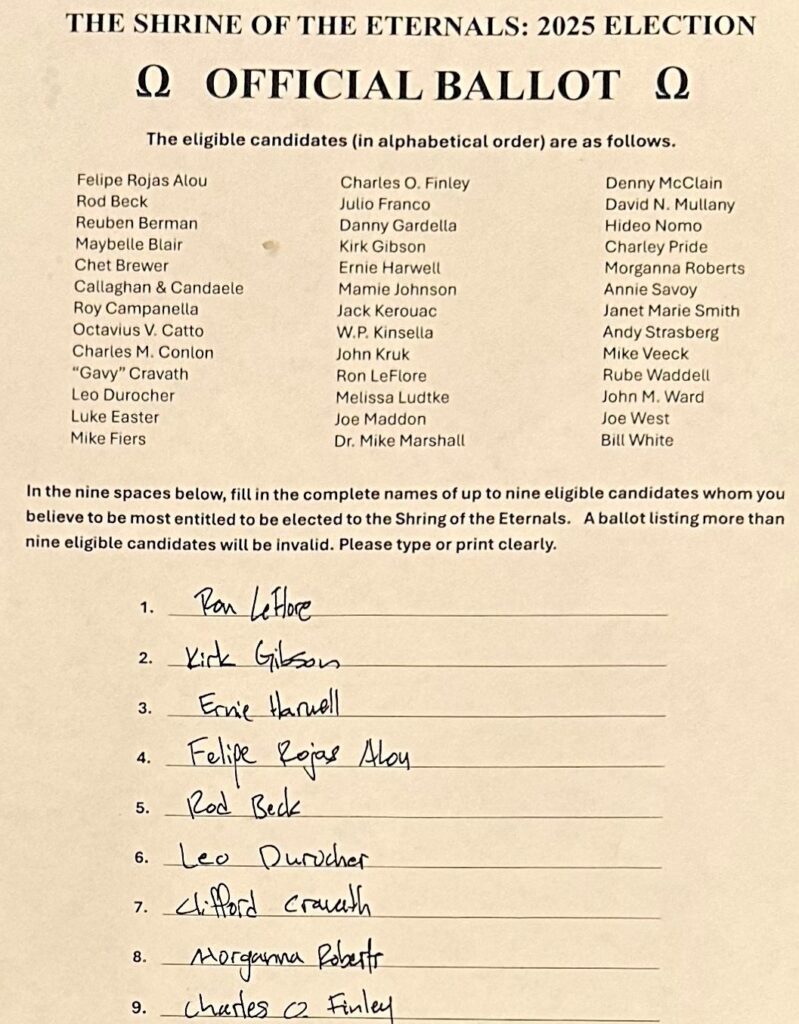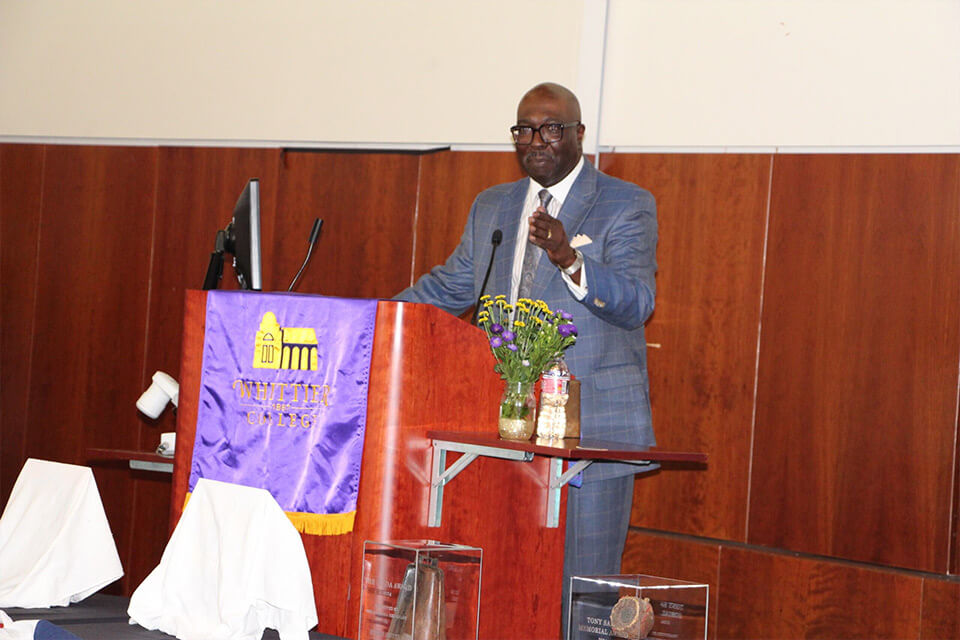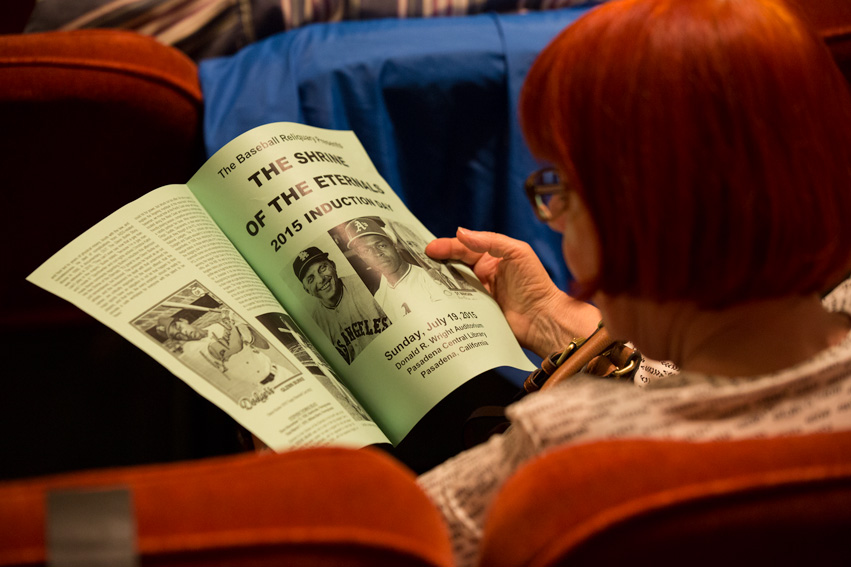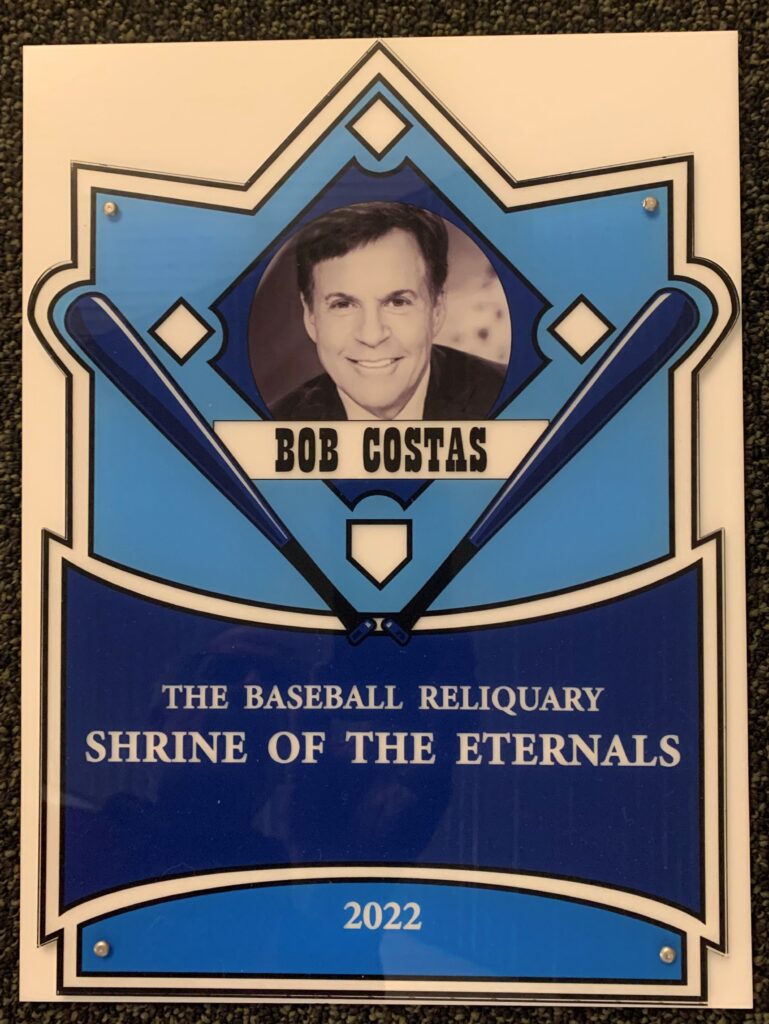by Terry Cannon, Executive Director, The Baseball Reliquary
Recently there was a contentious discussion on social media regarding comments made by John Thorn, Official Historian of Major League Baseball, in Mitchell Nathanson’s biography, Bouton: The Life of a Baseball Original. Thorn’s comments appear in the book’s epilogue, “The Cool of the Evening,” on pages 364-365. The remarks were made in reference to how we might properly “enshrine” Bouton, or somehow capture all that he has meant to the game of baseball. Here’s the paragraph that is pertinent.
“Still, [Bouton’s] impact on the game was outsized. It is relatively easy to tell the history of baseball without making mention of the greatest third baseman the game has ever seen – Mike Schmidt. It’s nearly impossible to do so without at some point referencing the journeyman pitcher who won all of sixty-two games for the Yankees, Pilots, Astros, and Braves. When he became eligible for induction in Cooperstown in 1983 Ira Berkow wrote, somewhat in jest, that for singular contribution, Bouton deserved consideration. Ball Four was that much of a game changer. Today MLB historian John Thorn sees it through a different lens. ‘Where is the lifetime achievement award in baseball?’ he asks. ‘The Hall of Fame is not quite it. Larry Ritter is not in; Bill James is not in,’ he says. Nor is Jim Bouton. ‘When you have figures of monumental importance in the history of the game, for whom no honor exists,’ what do we do? he wants to know. ‘For me,’ he adds, ‘the cue for what ought to be the principal criterion is visible in the name of the institution – fame. Were you famous? Can the story of baseball be told without you? On that basis Bouton’s in, Marvin Miller’s in (he would in fact finally be elected in 2019), and certain people who are now in are out.’ Where do you put a Bill James or a Jim Bouton? ‘If they’re not in the Hall of Fame, maybe there’s a need for a People’s Baseball Hall of Fame,’ he suggests. Something that focuses more on impact than chumminess with the baseball establishment. Whatever it might be, he says, ‘It’d be nice for him to be no longer a prophet without honor.’”
Clearly, if you read this paragraph and knew little or nothing about Jim Bouton’s nearly twenty-year association with the Baseball Reliquary, you would likely assume that there was no organization or institution that celebrated and promoted Bouton’s significant impact on baseball history, that he went to the grave “a prophet without honor.” That is simply not the case, so to let these comments by John Thorn live on without correction does a major disservice to the legacy of Jim Bouton.
Baseball Reliquary executive director Terry Cannon with Jim Bouton before the Shrine of the Eternals Induction Day, July 29, 2001, Pasadena, California.
We will attempt to show here that there is an institution that Jim Bouton embraced, and that he had said on numerous occasions was far more meaningful for him to be acknowledged by and to be a member of than the National Baseball Hall of Fame. That preferred institution is the Baseball Reliquary, and its hall of fame, called the Shrine of the Eternals, inducted Bouton in 2001 in a class that included Jimmy Piersall and Satchel Paige. In fact, that was the year that Bouton referred for the first time to the Reliquary/Shrine of the Eternals as the “People’s Hall of Fame,” a term that in subsequent years has come to define a unique institution that honors one’s impact on the culture of the game more than one’s impact on the record books. It’s also an institution that is operated by baseball fans – not the baseball establishment – and it is the fans who make the decisions about who will be honored and enshrined. The Reliquary/Shrine of the Eternals has also inducted the two other luminaries that Nathanson and Thorn mention in the above paragraph – Marvin Miller (Class of 2003) and Bill James (Class of 2007). It’s also worth mentioning that Dick Allen, the subject of Nathanson’s previous biography, God Almighty Hisself: The Life and Legacy of Dick Allen, was also inducted into the Shrine of the Eternals in 2004.
In May 2001, I spoke with Jim Bouton for the first time over the phone. I called on behalf of the Baseball Reliquary’s Board of Directors to advise him that he had just been elected to the Shrine of the Eternals. Jim’s voice was quite animated and the first thing he said was, “Oh, yes, I’m familiar with the Baseball Reliquary – that’s the People’s Hall of Fame.” I didn’t have to do a sales pitch on Jim; he had obviously been paying attention to the organization and its first two classes of electees to the Shrine of the Eternals. We flew Jim to Pasadena, California to attend the induction ceremony on July 29, 2001. Jim was delighted that his old buddy, musician and composer Dave Frishberg, delivered the keynote address from the piano stool. Jim wrote fondly about his experience being inducted into the Shrine of the Eternals in his book, Foul Ball: My Life and Hard Times Trying to Save an Old Ballpark, which was published in 2005 and chronicles the behind-the-scenes story of his efforts to save Wahconah Park in Pittsfield, Massachusetts.
In the book’s diary entry for Saturday, July 28, Jim wrote, “I’m flying out to California this afternoon because tomorrow I’m going to be inducted into the Hall of Fame. The people’s Hall of Fame, that is.
“A Pasadena-based non-profit organization ‘dedicated to fostering an appreciation of American art and culture through baseball history’ has set up its own Hall of Fame called ‘The Baseball Reliquary – The Shrine of the Eternals.’ It bills itself as being ‘similar in concept to the National Baseball Hall of Fame’ located in Cooperstown, New York, but differs philosophically in that ‘statistical accomplishment is not a criterion for election.’
“The Reliquary is said to honor ‘rebels, radicals, and reprobates,’ which gave me three shots at it. Officially, the way you get voted in – by fans, not sportswriters – is to be one of those individuals, ‘from the obscure to the well known, who have impacted the baseball landscape.’ I guess they figure Ball Four left a few craters.
“I’m being inducted in only the third year of the Reliquary’s existence, along with Satchel Paige and Jimmy Piersall. Previous inductees, all of whom have had books written by or about them, include Moe Berg, Dock Ellis, Curt Flood, Bill Lee, Pam Postema, and Bill Veeck. Pretty distinguished company. We might not win too many ballgames – unless Satchel were pitching – but we could certainly out-spy, out-talk, out-think, out-wit, out-write, out-promote, and out-hallucinate any nine guys from the regular Hall of Fame.”
After the induction ceremony, Jim became an active member of the Baseball Reliquary, and beginning in 2002 through 2019, he voted in each and every election. We are including with this essay the final two Shrine of the Eternals ballots that Jim submitted in 2018 and 2019; in fact, the 2019 ballot was postmarked in April of that year, just months before his passing. Jim would also occasionally mail notes or phone me with recommendations for candidates for future Shrine elections. Accompanying this essay is an Internet article Jim mailed to me with his note nominating John Thorn as a candidate for election. As you can see, Jim was a serious Reliquarian, and told me on several occasions that filling out the annual Shrine ballot was one of the things associated with baseball that he most looked forward to every year.
In September 2010, the Baseball Reliquary presented “Ball Four Turns Forty,” a month-long exhibition at the Burbank Central Library, Burbank, California, celebrating the 40th anniversary of the book. The exhibition included a wonderful display of Seattle Pilots memorabilia from the collection of Charles Kapner. The highlight of the exhibition was a day-long program in the Burbank Central Library Auditorium on September 18 examining the impact of Ball Four, including two separate panel discussions moderated by author David Davis and featuring Jim Bouton, Jean Hastings Ardell, David Kipen, Ron Shelton, Tommy Davis, Greg Goossen, Charles Kapner, and filmmakers Steve Cox and Brad Powers. Cox and Powers presented the world premiere screening of their documentary, The Seattle Pilots: Short Flight Into History, and the event concluded with a book signing with Jim Bouton. The auditorium, which had seating for 150, overflowed with nearly 200 attendees, and most stayed for the entire program, which began at 11:00 a.m. and ended six hours later at 5:00 p.m. Filmmaker Jon Leonoudakis documented the festivities and excerpts would appear two years later in his documentary on the Baseball Reliquary, Not Exactly Cooperstown. In the film, Jim talks about his appreciation for the Baseball Reliquary, and why induction into its Shrine of the Eternals was more gratifying than any other honor he could imagine, including induction into the National Baseball Hall of Fame.
In 2014, Jim wrote the last of his updated versions of Ball Four, a paperback edition from Turner Publishing Company, Ball Four: The Final Pitch. It included an updated epilogue by the author and one chapter devoted to the Baseball Reliquary in which Jim described the organization as “a lively and mobile version of the familiar Baseball Hall of Fame in Cooperstown,” which was founded by “Terry Cannon and a band of scholarly renegades.” You can imagine how thrilled and delighted we were to be given our own special place in Jim’s last take on Ball Four. But even more than Jim providing validation for the many years of work we had put into the Baseball Reliquary, we now understood that this modest organization, run by fans and with an almost non-existent budget, was now an important part of Jim Bouton’s legacy.
On July 22, 2018, the Baseball Reliquary presented its 20th anniversary Shrine of the Eternals Induction Day, marking an important milestone for what Jim Bouton called the “People’s Hall of Fame” almost two decades earlier. When we began preparing for the ceremony in January and February of 2018, our plan was to invite Jim to present the keynote address, but by this time he was already suffering from the degenerative brain disease, cerebral amyloid angiopathy, that would take his life in July of the following year. What we did do, however, was to dedicate the 20th anniversary ceremony to Jim, and we placed his 2001 inductee plaque on the stage along with the plaques for the Class of 2018: Nancy Faust, Tommy John, and Rusty Staub. Throughout the ceremony, yours truly, as the emcee for the event, shared some anecdotes about Bouton’s involvement with the Reliquary over the years, including excerpts from his 2001 acceptance remarks.
Hopefully this essay has respectfully elucidated why we would be remiss not to respond to John Thorn’s comments in Mitchell Nathanson’s biography of Jim Bouton. Remarks such as those made by Thorn, which clearly misrepresent an important aspect of Bouton’s legacy, cannot simply be ignored or remain unaddressed. As far as I’m concerned, this essay is the official “final word” on the matter from the perspective of the Baseball Reliquary. We have received comments from several longtime Reliquarians who feel strongly that Thorn’s remarks represent yet another effort by the baseball establishment to ignore or expunge from history the efforts of nontraditional organizations, such as the Baseball Reliquary, that have taken on baseball’s orthodoxy in their attempt to share a history that is quite different from that prescribed by Major League Baseball, for which Thorn is employed as its Official Historian. Over the past two-plus decades, the Baseball Reliquary has unfortunately experienced Major League Baseball’s efforts to denigrate, or to simply ignore, what the organization has accomplished. John Thorn’s dismissal of, or refusal to recognize, the Baseball Reliquary’s long association with Jim Bouton is yet one more example to be added to that “laundry list.” But that discussion, which is inherently political and will assuredly generate considerable controversy and hard feelings, is for another time and place. Who knows, perhaps someday, someone might write a history of the Baseball Reliquary and the Shrine of the Eternals, and that could provide the opportunity to look at this unique organization’s history and the work it has done in relation to the official baseball history as promulgated by Major League Baseball.





